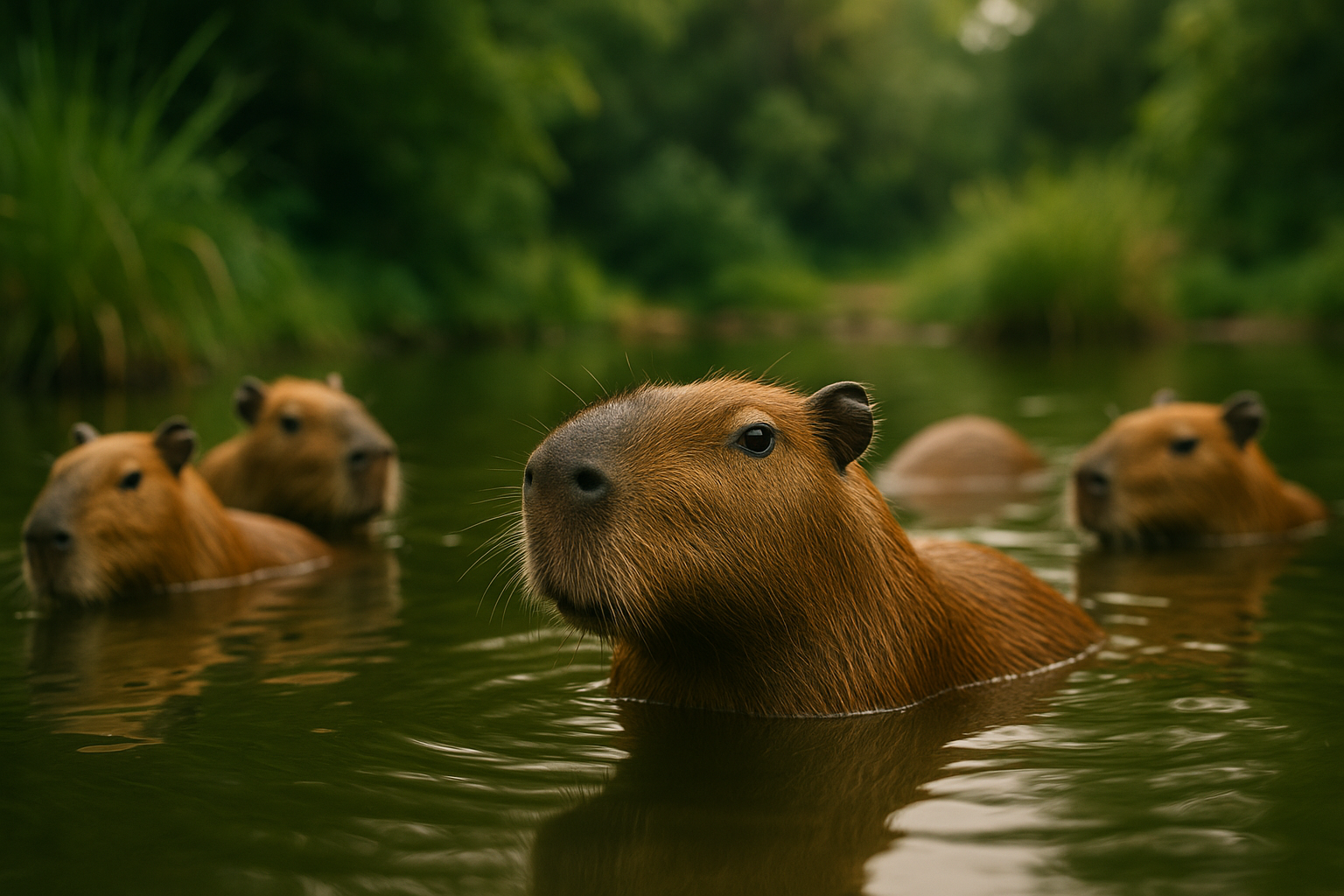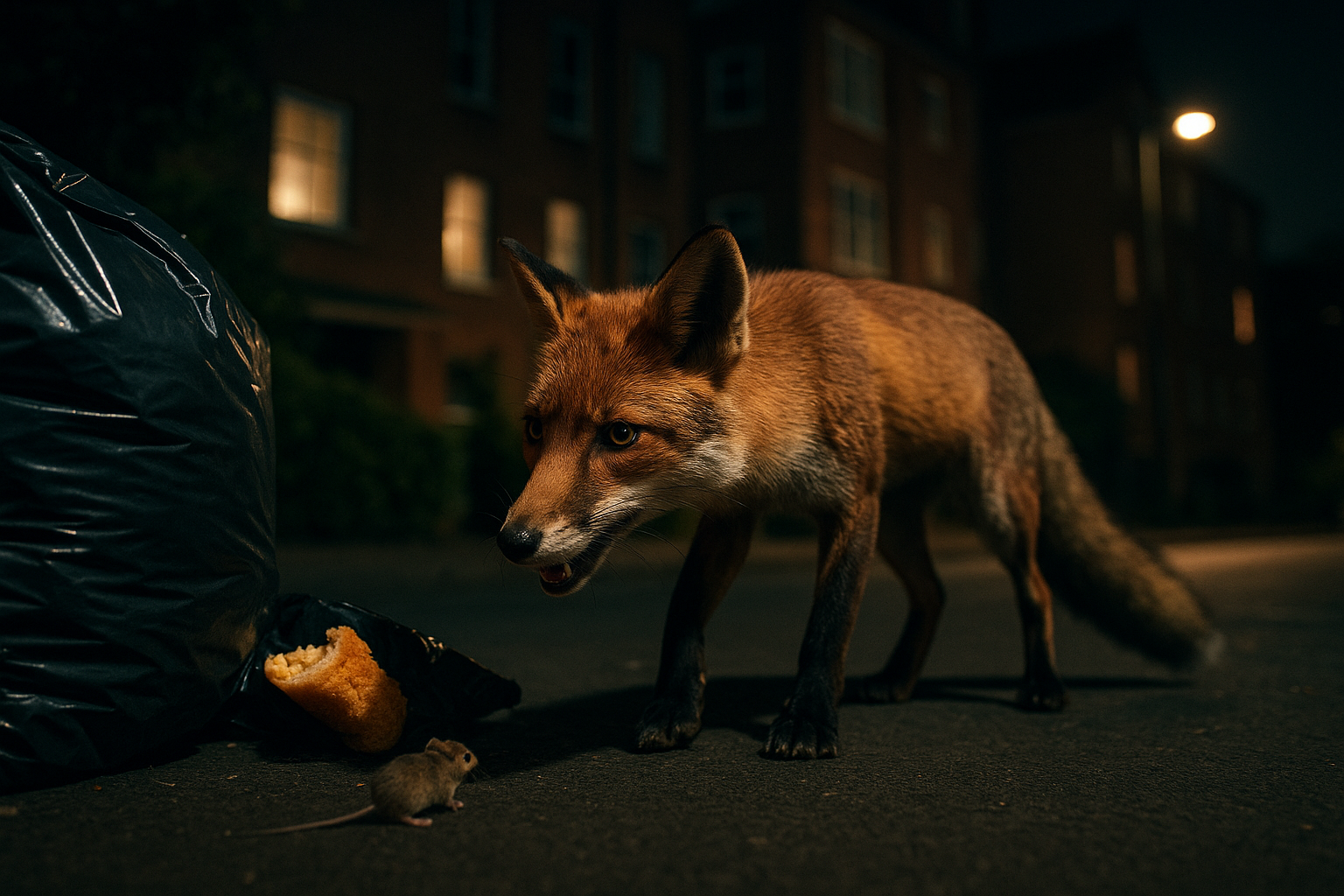Discovering The Fascinating World of Capybaras: Nature's Gentle Giants
Dive into the fascinating world of Capybaras, the world's largest rodent species. This article explores their intriguing behavior, habitat, and the increasing allure they hold for adventurous pet owners. Capybaras, scientific name Hydrochoerus hydrochaeris, hail from South America, where they are an integral part of the ecosystem. Their name derives from the Tupi language, meaning "one who eats slender leaves." These gentle giants, weighing up to 150 pounds, have captivated people's imaginations for centuries. Their social, calm demeanor and unique physical features, including webbed feet for swimming and distinct coarse hair, have made them a captivating study for wildlife enthusiasts and potential pet owners alike.

Capybaras in the News
In recent years, Capybaras have been making headlines, entering the mainstream consciousness as potential pets. In Japan, for instance, they have become a favorite at zoos, and their images often dominate social media feeds. In the United States, states like Texas and Pennsylvania have legalized owning Capybaras as pets, further boosting their popularity.
The Capybara Pet Trend
The trend of owning Capybaras as pets is not without its challenges. Firstly, these creatures require ample space and a body of water to thrive, making them unsuitable for apartment living. Secondly, their social nature means they thrive better in pairs or groups, translating to a larger commitment for those considering pet ownership. The cost of owning a Capybara can range from $1,000 to $3,000, not including their upkeep and dietary needs. This new pet trend has inevitably impacted the pet industry, sparking discussions about the ethics of owning exotic pets, and influencing market demand for Capybara-friendly products.
Research-backed Insights on Capybaras
Scientific research has revealed intriguing aspects about Capybaras. They are highly social animals, living in groups of up to 20 individuals. They have a varied diet, primarily vegetarian, but occasionally supplementing with insects and small reptiles. Their communication is diverse, utilizing scent marking, vocalizations, and body language. This information is critical for potential pet owners, as it emphasizes the requirements for a Capybara-friendly environment.
Balancing Depth with Accessibility: Capybaras
While the world of Capybaras is indeed fascinating, it’s vital to remember they are wild animals. Their physical, social, and dietary needs often make them challenging pets. Potential owners must fully understand the commitment and resources required to provide these gentle giants a suitable environment. As we continue to discover more about Capybaras, it’s crucial to balance our intrigue with responsible practices, both for the welfare of these animals and the ecosystems they inhabit.
Conclusion
Capybaras represent a captivating blend of charm, intrigue, and complexity. As we continue to explore the trend of exotic pet ownership, it’s crucial to balance interest with responsibility. Whether as a pet or a wild creature, Capybaras remind us of the wonders of the animal kingdom and our vital role in preserving it.



